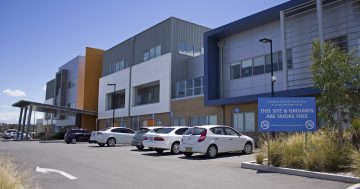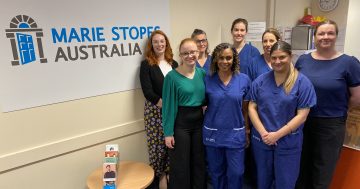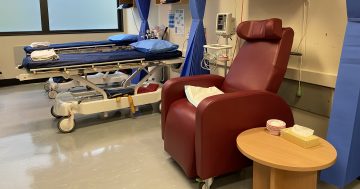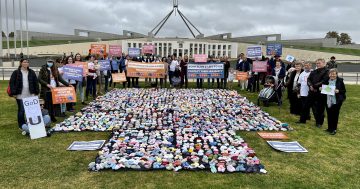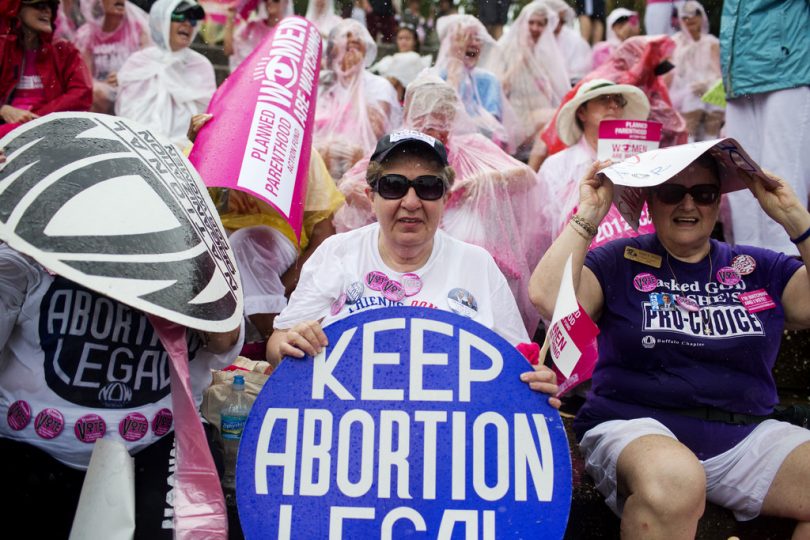
There is more work still to do if we want all women to have choices about the right healthcare for their circumstances.
Around one in three women in Australia will have an abortion in their lifetime, and 92 per cent of those will happen in the first trimester of pregnancy. The majority of those women are likely to be aged 20 to 24 years old, although there has been an increase in the past decade in women over 35 years old who need a termination of pregnancy.
Thanks to a Bill passed in the Legislative Assembly last Wednesday night, the right of a woman to make choices about her healthcare, and who she chooses to provide healthcare services, has been improved in relation to termination of pregnancy.
The ACT has had a reputation as one of the most progressive jurisdictions for abortion laws. Termination of pregnancy has been legal in the ACT since 2002, and has been regulated as a health procedure provided by a registered medical practitioner to their patient, in a health facility. In 2015, the ACT introduced protest exclusion zones around health facilities that provide termination of pregnancy, protecting the privacy of women accessing health services and preventing harassment of patients and staff.
But there is more work still to do if we want all women to have choices about the right healthcare for their circumstances. For women who need this health procedure, access is dependent on affordability, timing, privacy, and trust in their healthcare provider.
On 19 September 2018, our Legislative Assembly debated the Health (Improving Abortion Access) Amendment Bill 2018 that had been introduced on 21 March 2018 by Caroline Le Couteur. The Assembly voted 15 to 4 in favour of an amendment that will allow appropriately trained GPs to prescribe medication for termination of pregnancy in the ACT.
The only place in the ACT where women can access an abortion at present is the Marie Stopes clinic, available two days per week. Women who want to access a medical termination of pregnancy, using medication rather than surgical procedure, could only legally access this in the ACT at the Marie Stopes clinic.
This is because the ACT legislation didn’t differentiate between medical and surgical termination of pregnancy, and said that abortion could only legally happen in the ACT in an approved medical facility suitable for the surgical procedure. Medical termination of pregnancy does not have a clinical need for surgical facilities, and GPs who prescribe the medication will have received training and approval in accordance with Therapeutic Goods Administration guidelines.
Some women access medical termination of pregnancy via telehealth from The Tabbot Foundation, but have to cross the border into NSW to collect their prescription medicine and take the medicine. Studies show that medical termination of pregnancy via telehealth is just as safe for women. In addition, some women find that it is less stressful and more comfortable for them to take the medication at home, and is more discreet than having to take time off work or go to a known specialist clinic to access a termination.
In a recent survey by the Women’s Centre for Health Matters, 459 women answered a question about whether they would feel comfortable accessing medical termination of pregnancy through their regular GP or healthcare provider, to which 81 per cent said yes. This doesn’t mean that they would choose to have the procedure, or that they would choose to have it with their regular GP. It simply means they want it to be a choice that they make for themselves.
Wednesday night’s vote on the Health (Improving Abortion Access) Amendment Bill 2018 means that it is now legal for trained GPs to prescribe the medication and provide follow-up care. It means that women will be able to make a choice not only about whether they want a health procedure, but also about who their healthcare provider will be.
Emma Davidson is the Deputy CEO at Women’s Centre for Health Matters.













